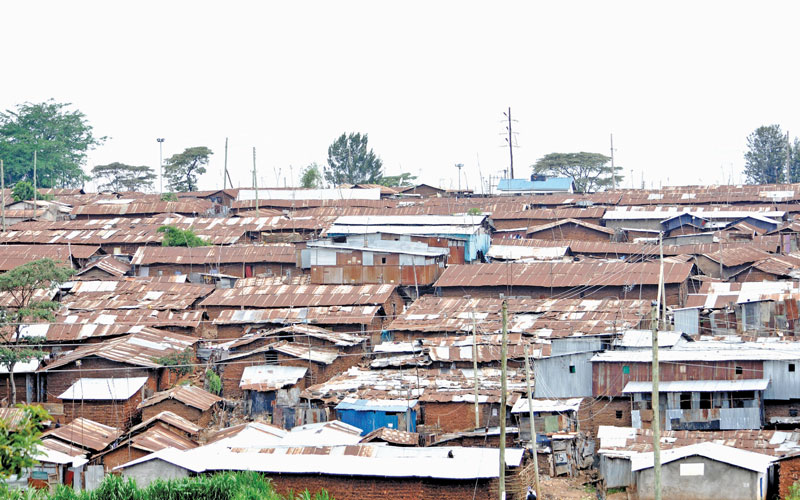8,300 Kenyans enjoy wealth as millions wallow in poverty
By Noah Cheploen, October 11, 2019Only 8,300 of the more than 44 million Kenyans hold most of the wealth in the country, a new report has revealed.
Released by the United States Agency for International Development (USAid) on Wednesday, the report shows the gap between the rich and the poor is widening with an estimated 70 per cent of the population living in poverty, therefore, exposing them to poor nutrition and preventable diseases.
It paints a grim picture of the economic situation which indicates two of three Kenyans live in poverty with North-Eastern region having the highest poverty levels at about 90 per cent.
Interestingly, Nairobi has the highest number of poor people with 60 per cent of its population (3.5 million) living in the slums while three million Kenyans across the country are in urgent need of food assistance.
Biggest impediment
Citing corruption as the biggest impediment to development, the report says an estimated Sh567 billion of taxpayers’ money landed in wrong hands between 2013 and 2018, adding that 30 per cent of funds allocated for procurement of goods and services get stolen.
During the same period, the Ethics and Anti-Corruption Commission (EACC) investigated and prosecuted 2,898 cases whereby bribery constituted 22 per cent, embezzlement of public funds 13 per cent and maladministration at 16 per cent.
In an effort to spur growth, USAid has launched a new five-year strategy to partner with the government on accessing the country’s development trajectory.
“Kenya is a nation rich with opportunities, unique natural resources and most importantly, the promise of the Kenyan people,” said USAid Mission director Mark Meassick during the launch of the report in Limuru.
“But beyond the success, our efforts have not always yielded the results we hoped for. Why is there persistent poverty? What are the social barriers, political barriers and gender barriers?” he asked.
Consequently, USAid has embarked on a stakeholder consultation programme in all the 47 counties—bringing public, private and community representatives together.
“We want to gain a deep understanding of the dynamics at work at the county level as well as between the two levels of governments,” said Meassick.
Competence questioned
The report also questions the competence of local doctors, clinical officers and nurses saying only one in five can accurately diagnose common ailments such as pneumonia and severe dehydration due to diarrhoea in children, tuberculosis and Type 2 diabetes in adults.
The launch, which was opened by Kiambu Deputy Governor James Nyoro, brought together USAid stakeholders from Nakuru, Kiambu and Nairobi.
More Articles

